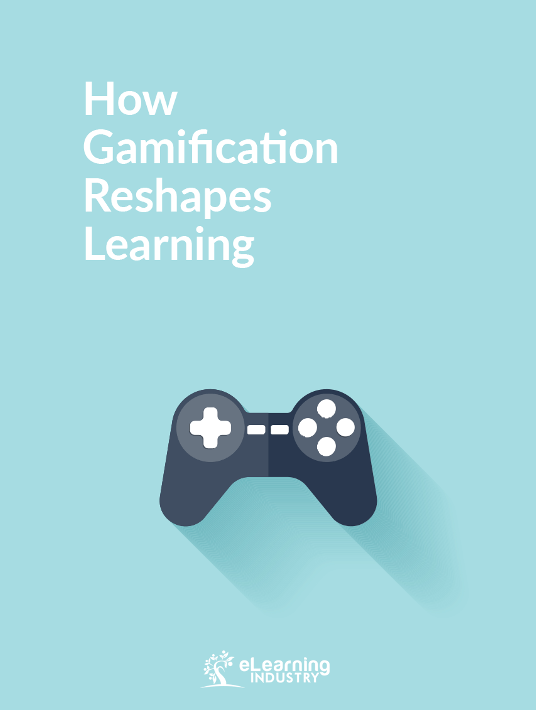The holy grail of corporate learning is to improve job performance. There are several challenges that make this extraordinarily difficult, including:
- Are there enough skill application-level exercises and scenarios in the training? Complex skills cannot be assimilated in minutes – it takes hours of practice.
- Is the training engaging and challenging enough to capture the best efforts of the learner to master the skills?
- Will the learner develop enough confidence through the training to actually apply the new skills on the job?
- Is the training followed with the needed reinforcement and coaching to anchor the knowledge or skill?
I’ve been in corporate learning for 25 years and have never witnessed more impactful learning outcomes and performance improvement than those produced by game-based simulations.
We provided online game-based negotiation training to a California-based agency that works with businesses to get their state taxes current. At the conclusion of the training, we conducted a group exercise, where each group was given a case study and was asked to create a solution. According to the training team lead, “The participants were able to apply what they have learned in the game and discuss it with the other students and instructors. This exercise solidified and grounded the training into real life situations that employees may experience, and allowed them to see a new way to approach each scenario”.
“I saw a difference in how the pilot group approached a scenario, applied techniques that were clearly learned from the course, and came up with win-win situations for both the agency and the public.”
From a learning transference perspective, the training lead is impressed with the performance impact of the game. “Several weeks after the training, I received responses from several participants. Each said they selected cases other employees were unable to resolve, and using the techniques taught in the game, they approached the cases from an entirely new perspective. They worked with the business owner to negotiate a solution that allowed the taxpayer to resolve their issues, and the state to clear the account. In all cases, the taxpayer expressed satisfaction with the outcome”.



